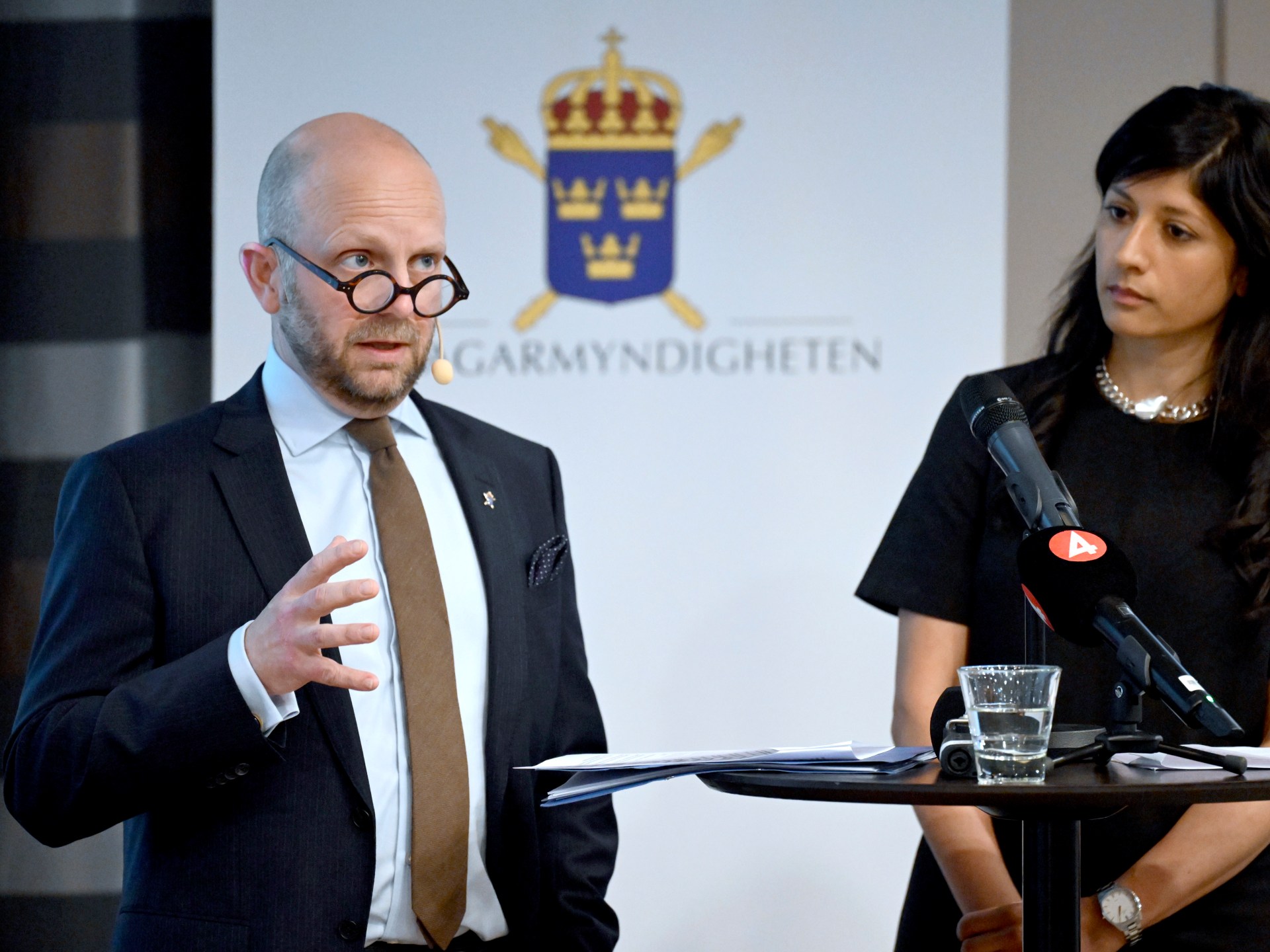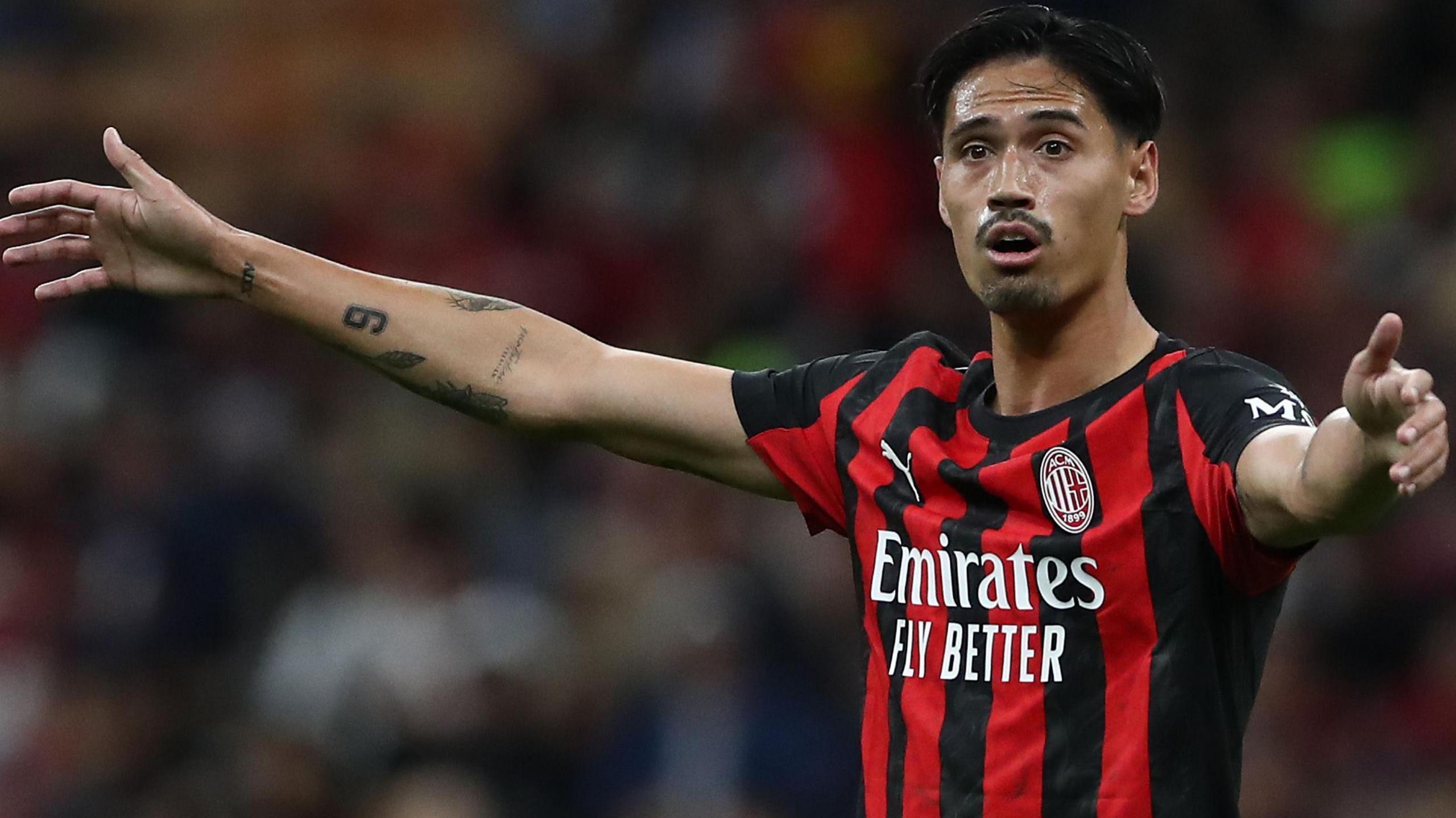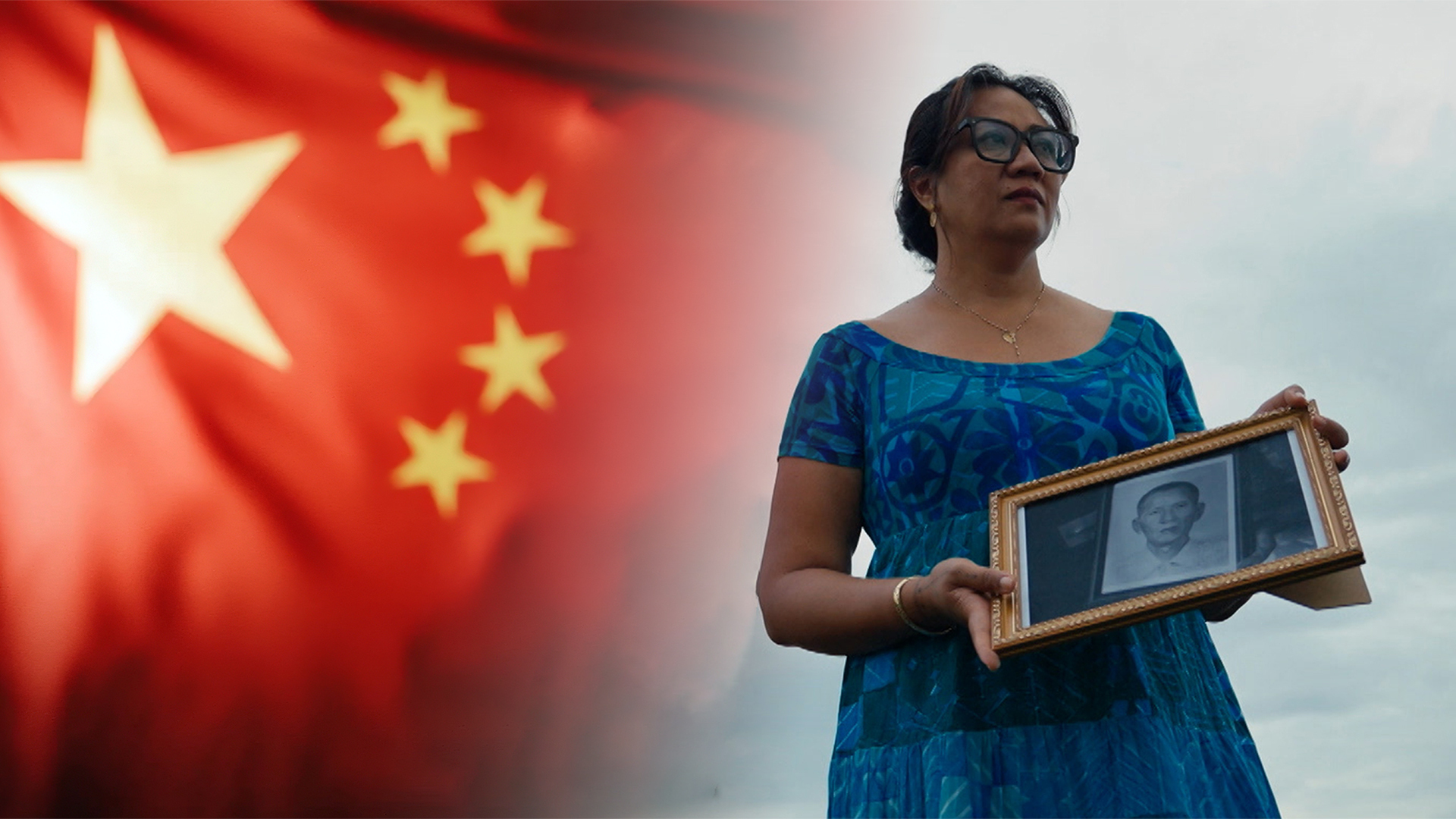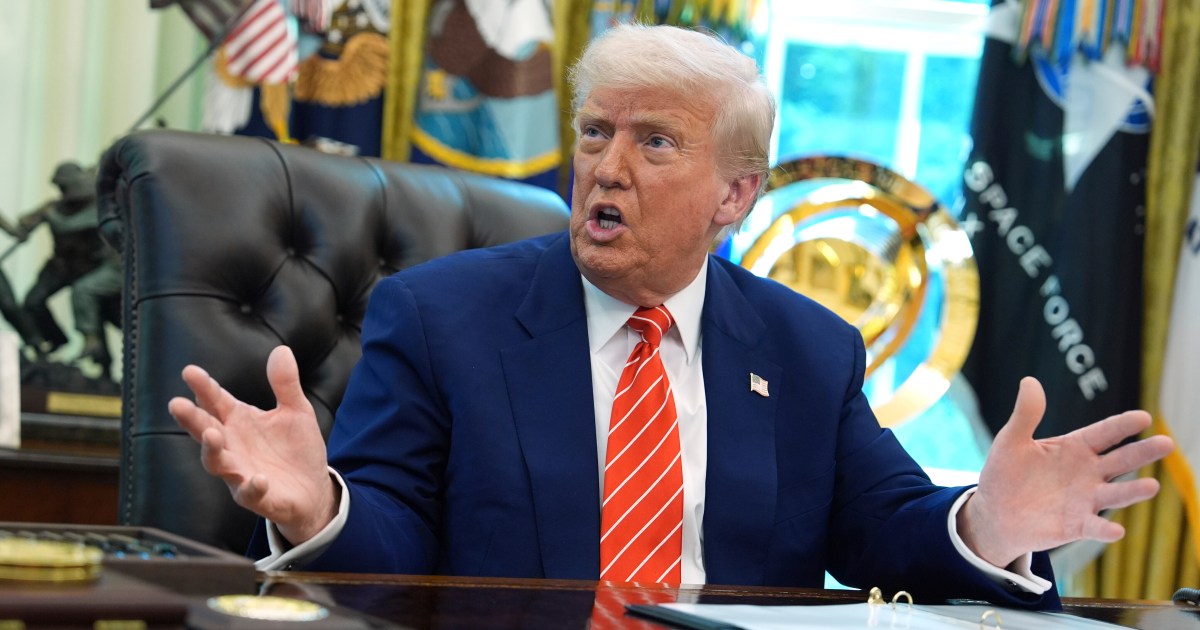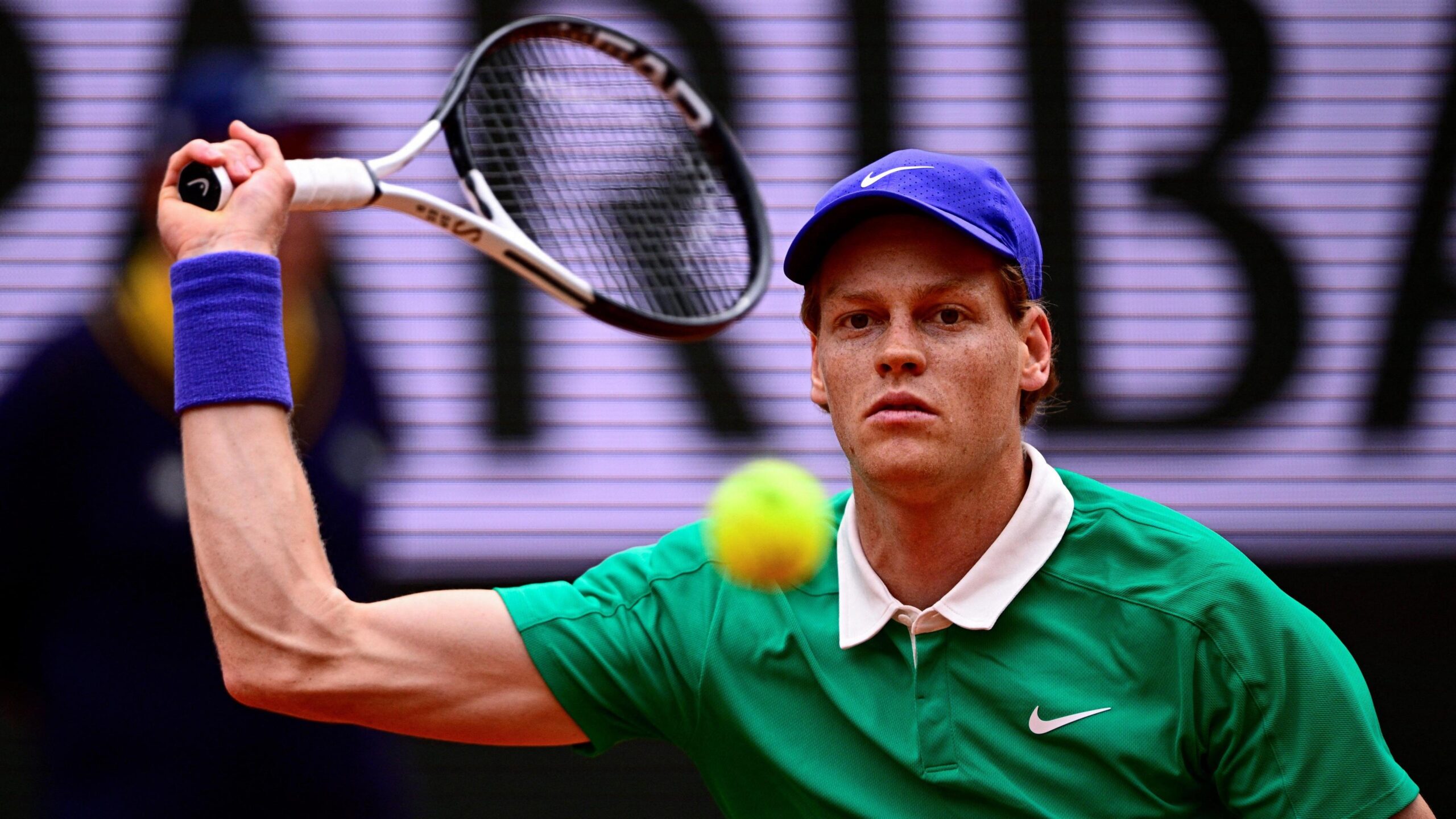A convicted Swedish member of ISIL has gone on trial in Stockholm, accused of war crimes for his role in the horrific 2015 killing of a captured Jordanian pilot, who was burned alive in Syria.
“Osama Krayem has, together and in agreement with other perpetrators belonging to IS [ISIL], killed Maaz al-Kassasbeh,” prosecutor Reena Devgun told the district court on Wednesday.
“Osama Krayem, in uniform and armed, guarded and led the victim Moaz al-Kassasbeh to a metal cage, where the latter was then locked up. One of the co-perpetrators then set fire to Moaz al-Kassasbeh, who had no possibility to defend himself or call for help,” Devgun said.
The case is considered unique as the other ISIL members involved in the brutal killing, which sparked international outrage at the time, are presumed dead, Swedish prosecutor Henrik Olin told the AFP news agency.
Krayem, 32, wearing a dark blue shirt and with a thick beard and long, loose dark hair, had his back to the handful of journalists and spectators who followed Wednesday’s proceedings behind a glass wall in the high security courtroom in Stockholm’s district court.
He appeared calm as the prosecution laid out the charges, which could result in a life sentence if Krayem is convicted.
In the 22-minute video of the killing, the victim is seen walking past several masked ISIL fighters, including Krayem, according to prosecutors.
The pilot, who was 26 years old, is then seen being locked in the cage and praying as he is set on fire.
Prosecutors have been unable to determine the exact date of the murder, but the investigation has identified the location.
‘The harshest penalty’
The defendant’s lawyer, Petra Eklund, told AFP before the start of the trial that her client admitted to being present at the scene, but disputed the prosecution’s version.
“He denies the acts for which he is prosecuted,” she said.
“He acknowledges having been present at that place during the event, but claims not to have acted in the manner described by the prosecutors in the account of the facts,” she added.
Krayem was identified thanks to a scar on the suspect’s eyebrow, visible in the video and spotted by Belgian police, which led to the investigation being opened, said Devgun when the charges were announced last week.
The pilot’s father, Safi al-Kassasbeh, told AFP on Wednesday the family hoped Krayem would “receive the harshest penalty according to the magnitude of the crime”.
“This is what we expect from a respected and fair law,” he said.
Krayem is already serving long prison sentences for his role in the Paris and Brussels attacks in 2015 and 2016, 30 years and life respectively.
He now faces charges of “serious war crimes and terrorist crimes” for his alleged participation in al-Kassasbeh’s killing.
Al-Kassasbeh’s killing shocked Jordan, which at the time was participating in the US-led coalition’s strikes against ISIL positions in Syria – the reason ISIL gave for killing the Syrian pilot. Jordan had declared a period of mourning following the pilot’s death.
On December 24, 2014, an aircraft belonging to the Royal Jordanian Air Force crashed in Syria.
The pilot was captured the same day by ISIL fighters situated near the central city of Raqqa and burned alive in a cage sometime before February 3, 2015, when a gruesome video emerged, according to the prosecution.
ISIL, which at the time controlled large chunks of Syria and Iraq, had been demanding the release of Sajida al-Rishawi – a woman held by Jordanian authorities since 2005 – in exchange for al-Kassasbeh’s life.
Rishawi was sentenced to death “for conspiracy to carry out terror acts” after a triple bomb attack on the Radisson SAS hotel in the capital Amman.
The propaganda video, in which ISIL also called for the killing of other Jordanian pilots, was one of the earliest videos released by the group.




